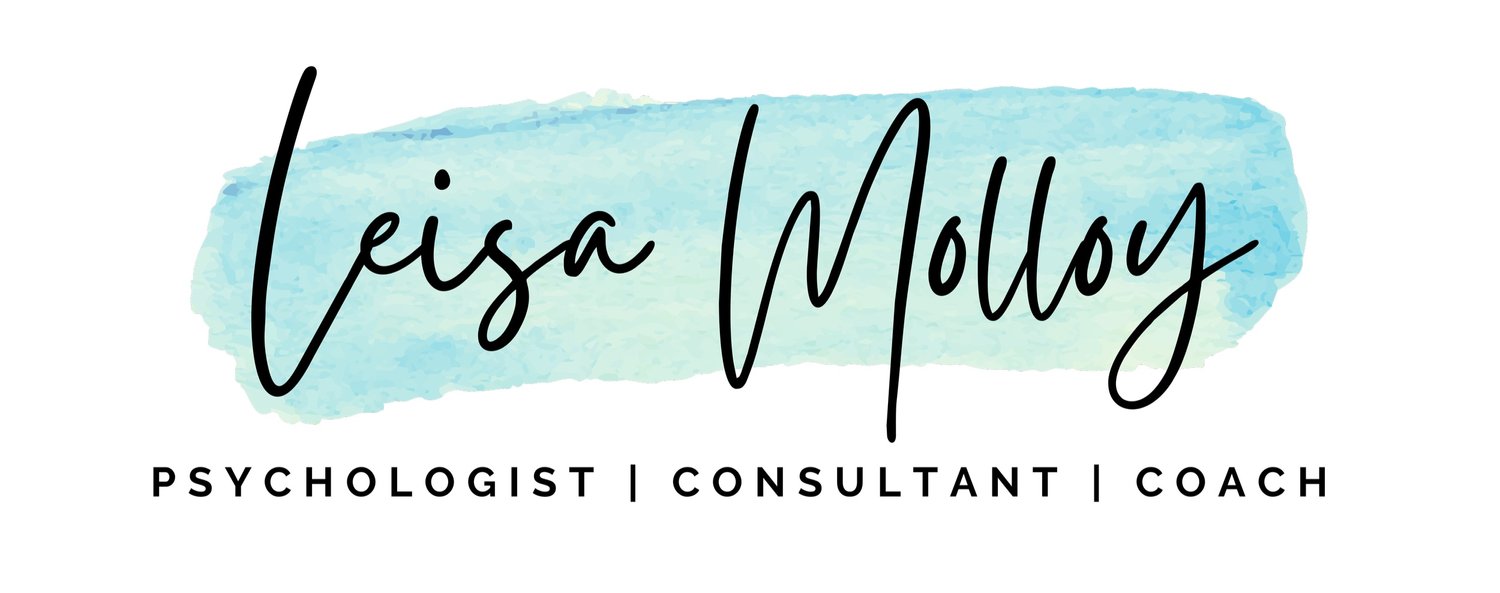On authenticity, hybrid leaders, & helping others to change...
This is the content from the June 2022 newsletter - enjoy! And be sure to sign up for the newsletter if you enjoy this kind of content :-)
How can you be authentic without oversharing?
We all know there are benefits in showing up as our 'true' selves at work, but how far is too far? This article contains some valuable insights on getting the balance right between being authentic and oversharing - or sharing too much too soon (known as "floodlighting" in Brene Brown's work). It includes some good prompts on different factors you should consider, such as the nature of the relationship and what might be appropriate to share (or withhold) in different contexts.
I think it's a good reflection piece for those considering how to set the right boundaries, also serving as a reminder that for leaders, even the smallest 'throwaway' comments can have an outsized impact. Read the article here.
How can you build stronger hybrid leaders?
This seems to be the all-important question at the moment, as everybody adjusts to the new version of the "new normal"! This article includes suggestions from a range of experienced academics on the fundamental skills required to operate successfully in a hybrid world. To me, many of them seem important from the perspective of creating a more 'human' workplace - listening, engaging in dialogue, creating psychological safety, and seeking to understand individual differences. An underlying theme relates to staying open and curious rather than making assumptions about others' needs and wants.
You can read the article from AHRI (the Australian HR Institute) here.
Do you use emojis to connect with your team?
This week I ran a workshop on the big, broad topic of communication, with this including some discussion on what non-verbal cues look like in situations where we are communicating digitally (rather than in person).
Personally, I find this topic really interesting given how easily we can misinterpret others' tone and intention. As such, I quite liked this article exploring ways that leaders can use emojis to strengthen connection, build emotional agility, and reinforce their key messages.
If you aren't all that sure about using emojis, the author also shares some tips on 'playing it safe' to avoid miscommunication!
How can you avoid (inadvertently) being a 'bad' boss?
This podcast interview digs deeper into some insights from a previous FastCompany article with a similar title. At first it seems like a cautionary tale about the specific things you shouldn't do as a leader. But the key message is actually about building high levels of self-awareness and actively seeking to uncover your 'blind spots'. Indeed, the discussion includes a few examples of leaders who thought they were doing great, but in fact were inadvertently undermining others' confidence and performance.
In my consulting and coaching work I've often delivered 360s via a 'deep dive', qualitative process, using 1-1 interviews to explore the impact senior leaders are having on those around them. The comments in this interview very much align with my experience in doing this kind of work, in that some new and useful perspectives are often uncovered.
You can find the episode here on the FastCompany website, or here on Apple Podcasts or Spotify.
How can you help others to change?
This discussion is an interesting one for anyone whose role involves supporting others to make meaningful, sustainable change. On the surface, it's about the step-by-step process you can take to tackle these people-related change scenarios.
At a deeper level it is actually about being more aware of your own intentions, attitude and approach - and being a genuinely supportive ally rather than a critic. One simple but insightful 'nugget' of wisdom is to seek permission before entering into these types of conversations, rather than simply assuming that others want your help. Another piece I really liked was the reference to exploring what are known as 'competing commitments' from an immunity to change perspective - i.e. underlying drivers and motives that reinforce inertia and potentially undermine behavioural change.
Listen to the episode here on the How to be Awesome at Your Job website, or here on Apple or Spotify.
Which of these 'mental shortcuts' does your brain take?
If you enjoy exploring ways to challenge your own thinking, you may enjoy exploring this month's resource. It's a handy infographic outlining 18 different cognitive biases that can impact our thinking, typically resulting in less robust decisions and an increased level of risk.
One of my favourites has always been the "blind spot" bias - where you believe you are less prone to bias than everyone else! In fact, this is a pretty short list – there are many, many more. Keen to take a look? You'll find it here.
Thanks for reading! Feel free to share with anyone who might find these insights helpful, or who might want to sign up and join the community.






